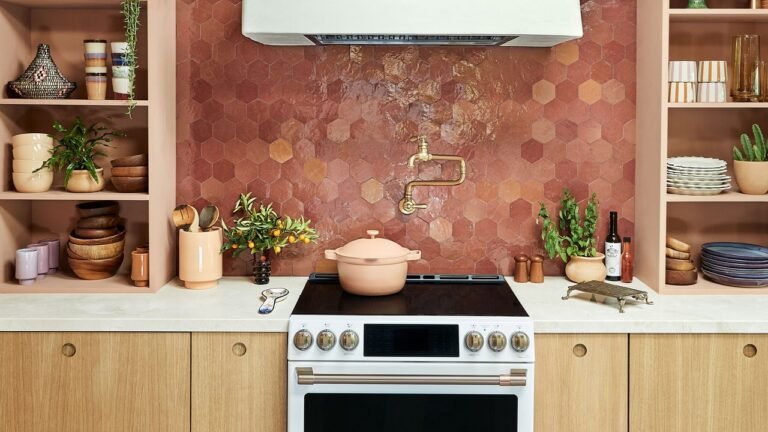pink arts building proposal for greek college references ancient gymnasium typology
‘gymnasium’ arts building proposal in athens, greece
Architecture firm Papalampropoulos | Syriopoulou introduces ‘Gymnasium’, an arts building proposal to be integrated into a college campus in Athens, Greece. The project references the typology of the ancient Greek gymnasium in the process of restructuring the site from a jumble of conflicting spatial and conceptual correlations into a new spatial continuity. The result sees an elongated pink structure with linear promenades and open-air plateaus, housing both educational functions and exhibition areas.

view from the main access road
all images courtesy of Papalampropoulos | Syriopoulou
establishing spatial continuity
The site is defined by a continuous plateau of athletic activities (basketball, volleyball, handball) and a parking lot that disrupts the natural slope. Papalampropoulos | Syriopoulou (see more here) saw this immediate vicinity of heterogeneous activities as an opportunity to redefine the spatial, typological, and conceptual identities rather than a design compromise.
The proposal references the typology of the ancient gymnasium in the process of restructuring the plateau from a jumble of conflicting correlations into a new spatial constant. Along with the evolution of the typology of the gymnasium, its function as a public building devoted to physical exercise gradually began to transform and eventually integrated the research and teachings of spiritual and political issues.

the main exhibition space
overlapping levels and open plateaus
The proposal attempts a gradual mutation of the type by reassembling two linear parts, a gallery and a sequence of enclosures, in a T layout among two overlapping levels which correspond to the two distinct sections of the building’s program: Educational Center and Exhibition Hall. The remaining voids shape the plateaus that host the sports activities on the northeast end and the open-air cultural events on the southwest end.
The merging of the interior and exterior programs is realized through the sloped roof of the wing of the Educational Center that seamlessly forms an amphitheater that faces the plateaus. The central exhibition hall is introduced as an autonomous architectural element, a nave of pivotal importance to the complex that constitutes the only intentional deviation from the type. With the intention of functioning as an open workshop studio for artistic research, the design of the exhibition hall diversifies from the typical paradigm of the white cube. Light reflectors and automatically operated rollers control the flow of natural light inside the hall.

the music room

